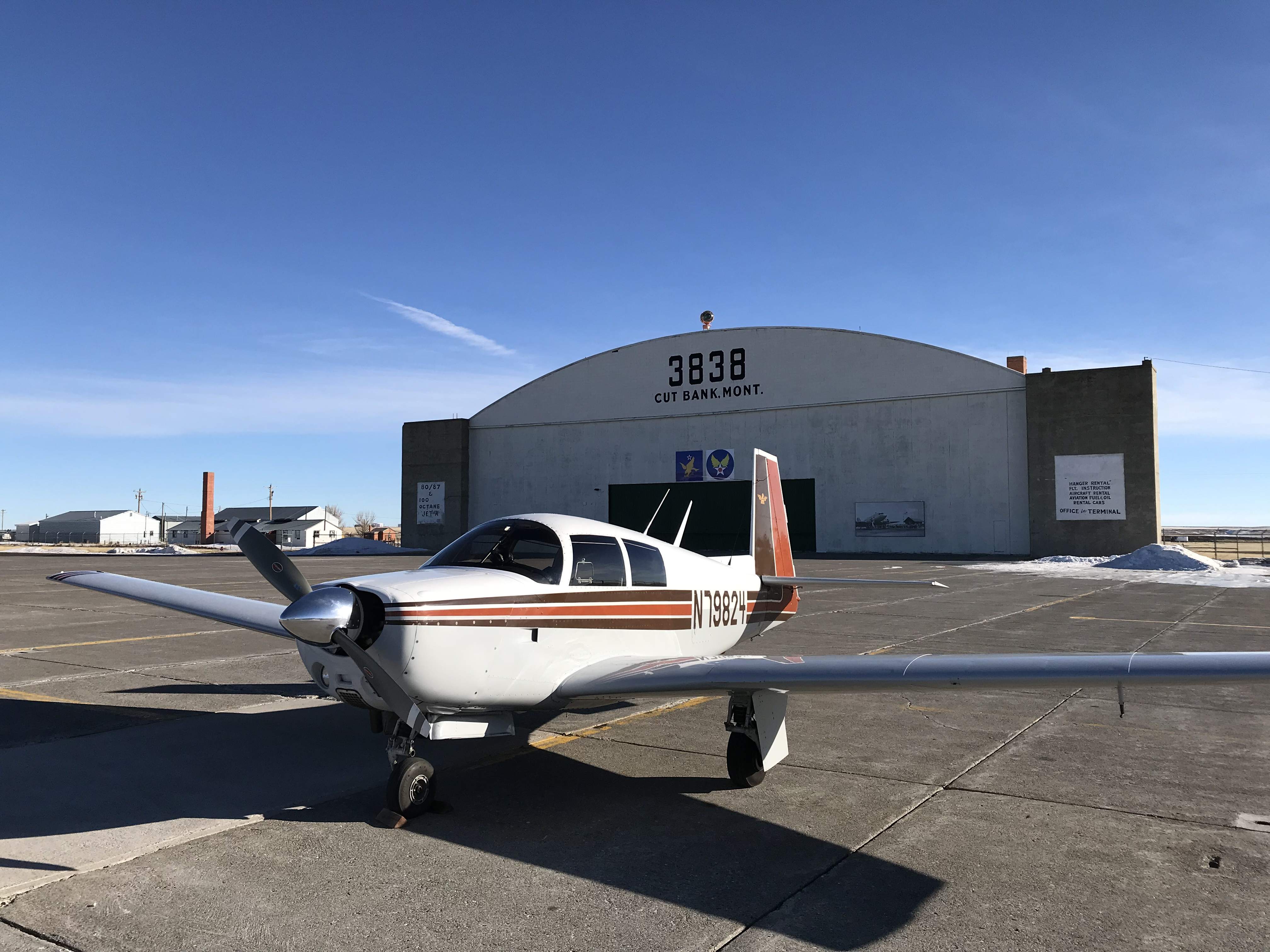
Dialed In
-
Posts
86 -
Joined
-
Last visited

Dialed In replied to AerostarDriver's topic in Vintage Mooneys (pre-J models)
Dialed In replied to Steve Dawson's topic in General Mooney Talk
Dialed In replied to Hradec's topic in Vintage Mooneys (pre-J models)
Dialed In replied to Steve Dawson's topic in General Mooney Talk
Dialed In replied to Steve Dawson's topic in General Mooney Talk
Dialed In replied to lithium366's topic in Vintage Mooneys (pre-J models)
Dialed In replied to Robert Bridges's topic in General Mooney Talk
Dialed In replied to MooneyMunnerlyn's topic in Vintage Mooneys (pre-J models)
We have placed cookies on your device to help make this website better. You can adjust your cookie settings, otherwise we'll assume you're okay to continue.